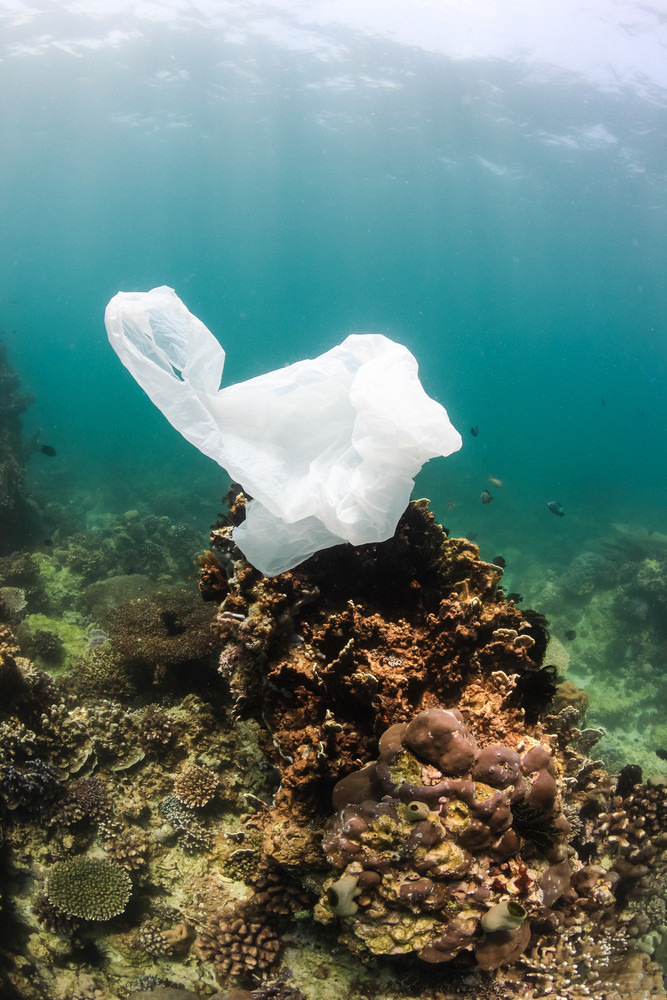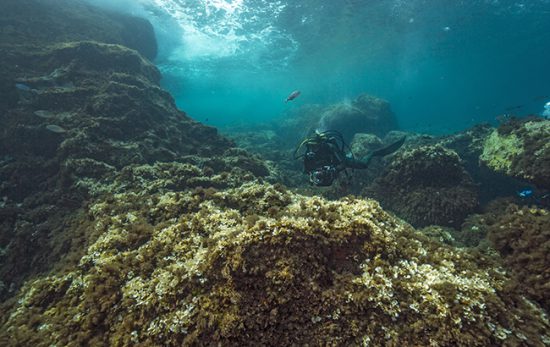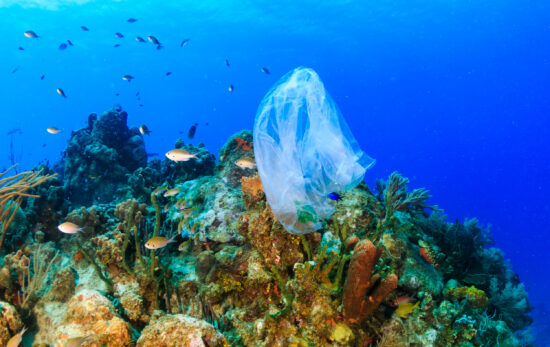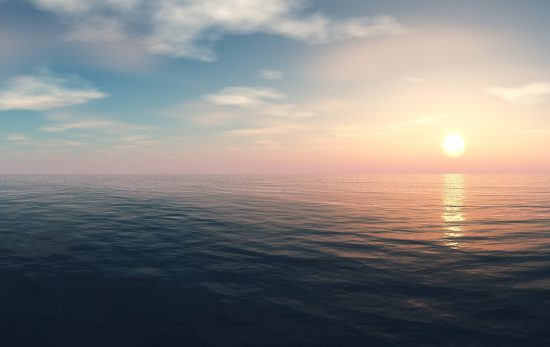We all know that recycling is an important issue and as divers we have seen the effects of plastic in our oceans. Are we doing enough? Here are some common myths about recycling which may be holding us back from doing more to help Mother Nature and protect our beautiful ocean planet.
Myth #1: The majority of plastic in the ocean comes from ocean dumping and industries such cruise and container shipping companies.
Trashed! The majority of plastic in our oceans comes from everyday items such as bags, bottles, straws, food containers etc. By refusing or limiting single-use plastics in our everyday lives and disposing of these items properly, we can dramatically reduce the amount of plastic waste entering the ocean.

Myth #2: If a can, bottle or piece of plastic has a label on, it cannot be recycled as it is mixed materials.
Trashed! It is useful to the recycling centre if the label has been removed but if it is still in place it will be removed during the handling process at the centre.
Myth #3: Ocean plastics are just a trash problem without far reaching effects.
Trashed! Plastic particles are now being found inside marine life, from small fish to whales. Birds eat fish and are then eaten themselves by other terrestrial animals so almost the entire food chain is displaying evidence of plastic particle consumption.
Myth #4: Coloured paper must be separated from white paper and different paper types cannot be mixed.
Trashed! Different coloured paper can be recycled together as can different paper types, for example magazines, newspapers, books, writing paper etc can all be recycled together.
Myth #5: If paper and metal are not separated they cannot be recycled.
Trashed! The handling process at recycling centres deal with these issues. If you can separate materials it’s a big help but if your paper has paper clips attached or staples they will be mechanically removed during processing.
Myth #6: It’s not clear what to sort and how to deal with it so it’s better and easier not to bother.
Trashed! Your recycling centre wants your waste. If you are not sure what you are supposed to sort and where to put it, just ask. Once you get into the habit it’s easy, you’ll feel good and your helping the planet. Some recycling centres and waste removal organisations have different guidelines so check with your local operatives.

Myth #7: Pizza boxes are not recyclable.
Trashed! Don’t worry, you can still enjoy your favourite slice and not have to worry about the environment. Pizza boxes are 100% recyclable if they are clean. If the cardboard is oily though, the fats won’t break down so shouldn’t be sent for recycling. The solution? Treat yourself and eat out.
Myth #8: Large areas of the ocean where currents concentrate trash, known as “great garbage patches”, can simply be cleaned out of existence.
Trashed! Only a small percentage of plastic which enters the oceans floats at the surface. Many plastics break down and become dispersed throughout the water column or sink to the ocean floor and are later ingested by marine animals. There is currently no efficient way to remove these plastics from our oceans.
So now that you know some home truths about recycling, will it change the way you have been handling your trash? Remember that as an ocean ambassador you can help by collecting any marine debris you see during your dives and reporting your finds to Project AWARE. Share the marine debris you find and your recycling efforts on social media to encourage others to do the same. If you hear anyone mentioning any of the myths above, make sure you give them the truth behind the myths and let’s trash them for good!




